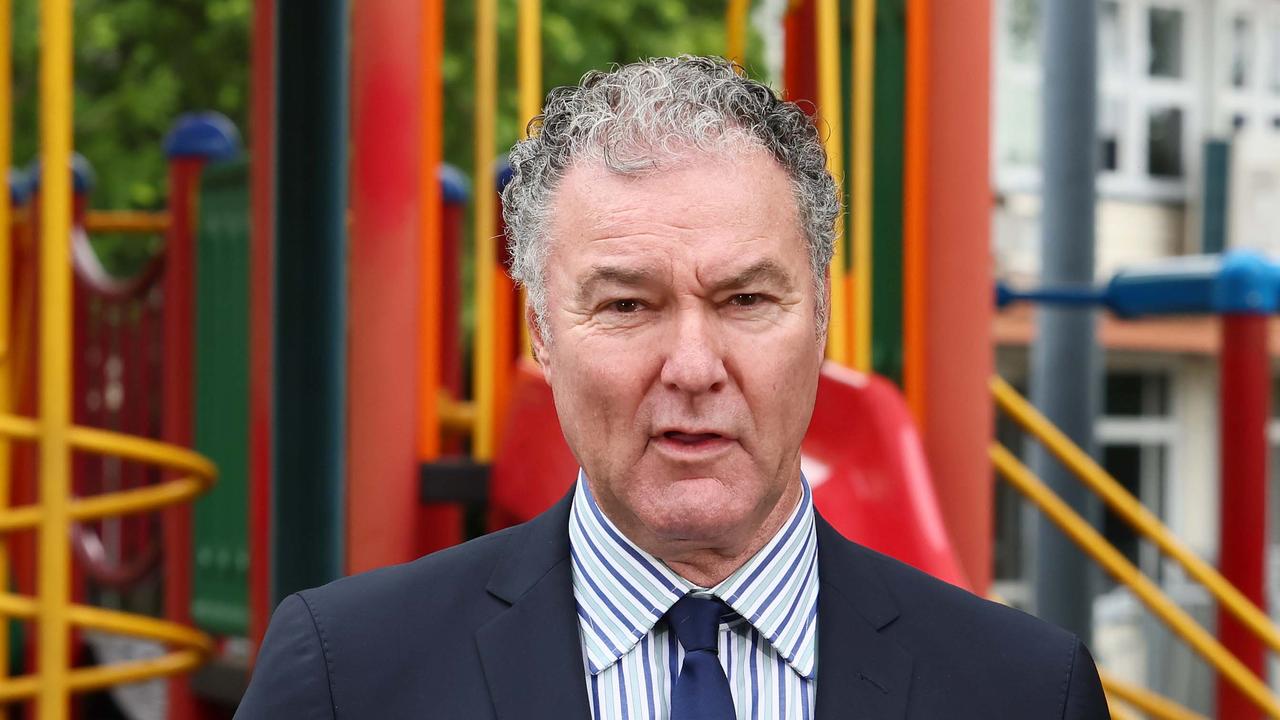What happened to Jeffrey Brooks? 26-year fight for answers comes to a head
After hearing evidence from 17 witnesses across seven days the parents of Jeffrey Brooks are hopeful they’ll finally get answers about their son’s tragic death.
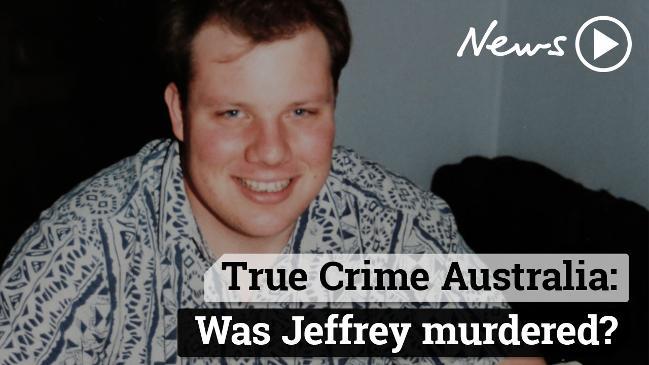
Police & Courts
Don't miss out on the headlines from Police & Courts. Followed categories will be added to My News.
“The truth always has a way of coming out eventually.”
That’s the mantra Wendy and Lawrie Brooks have adopted this week as they begin an anxious wait for a coroner to deliver his findings about how their beloved scientist son Jeffrey died.
After hearing evidence from 17 witnesses across seven days of hearings in the Brisbane Coroners Court, Mr and Mrs Brooks are more certain than ever that their son was killed.
“We haven’t given up hope,” they say of their 26-year fight for answers.
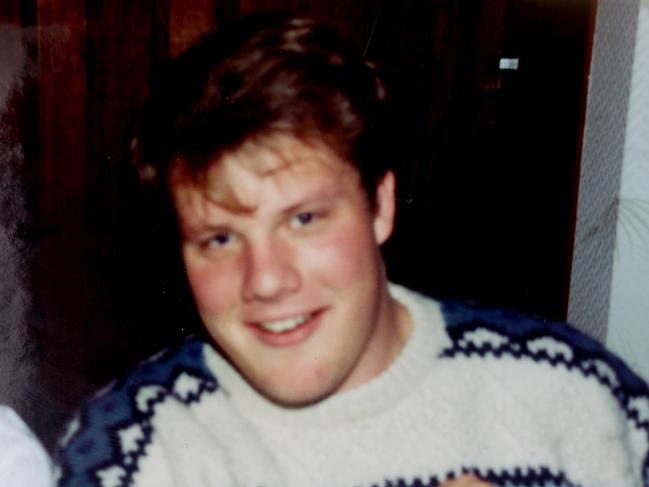
Jeffrey was just 24 when his body was discovered splayed across the seat of a ute on the Beenleigh Crayfish Farm where he worked in March 1996.
He had died from a gunshot wound fired from a dilapidated and faulty 1901 model weapon that dozens of witnesses say Jeffrey notoriously refused to use.
Police who investigated his death found it had been an accident - that Jeffrey was killed while trying to pull the loaded weapon barrel-first from the vehicle while making rounds on the crayfish farm where employees used guns to scare off the birds that would pilfer the stock.
But that story has never made sense to Mr and Mrs Brooks.
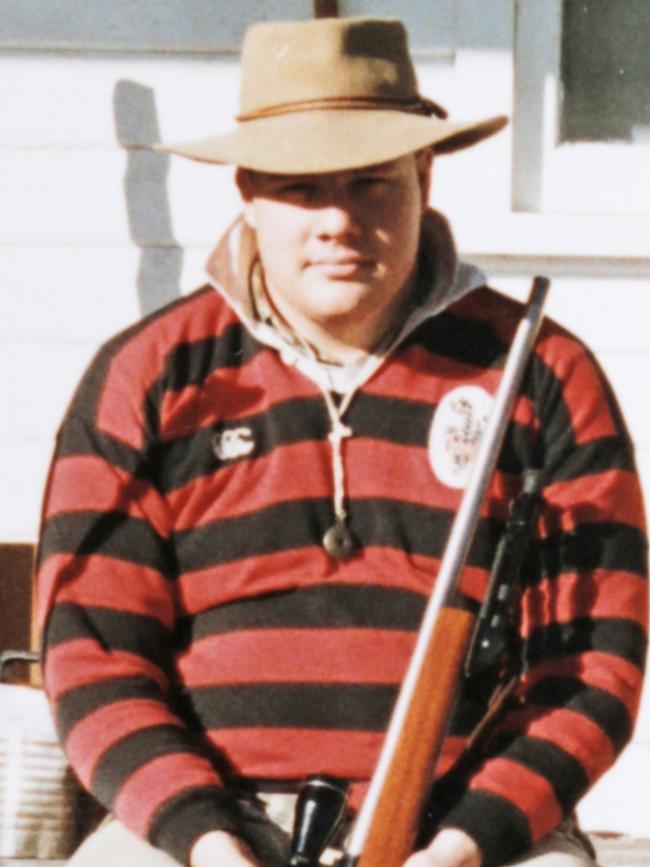
Jeffrey, who had grown up on a farm, was taught from a young age about gun safety and he had a reputation for being cautious with weapons, counsel assisting the coroner Sarah Lane told the inquiry.
Then there was his well-known dislike for the old farm gun, the inquest heard, such that in the months before he died, the owners of the business purchased a new shotgun exclusively for Jeffrey to use.
But most importantly, there was the simmering tension between Jeffrey and other staff on the farm which had reached boiling point in the days before he died, particularly farm manager Johannes Geiger, his wife Regine and farm hand Graeme Lloyd.
So tense that the inquest heard there was enough evidence for police to establish a motive for murder.
Evidence of that motive has only grown over the years, including by way of The Courier-Mail’s Dead Wrong podcast which investigated Jeffrey’s death and sparked the fresh inquest.
Before he died, Jeffrey had told a number of people that he feared for his life and believed he may be killed.
Those fears came as he prepared to warn his bosses that he believed Mr Geiger was allegedly stealing from the struggling farm and selling seafood under the table for cash, the inquiry heard.
Paul Stewart, a former employee of Sailrite, which operated the seafood farm, gave evidence that on the day of his death, Jeffrey said he had discovered a black book which may have been a record of illegal sales and he abruptly ended the call, telling him “curiosity killed the cat”.
The coroner will consider a number of possibilities, including the family’s theory that farm manager Mr Geiger had killed their son and covered it up with the co-operation of his then wife, now remarried and known as Regine Kjellerup, and Mr Lloyd.
All three adamantly denied that theory while giving evidence.
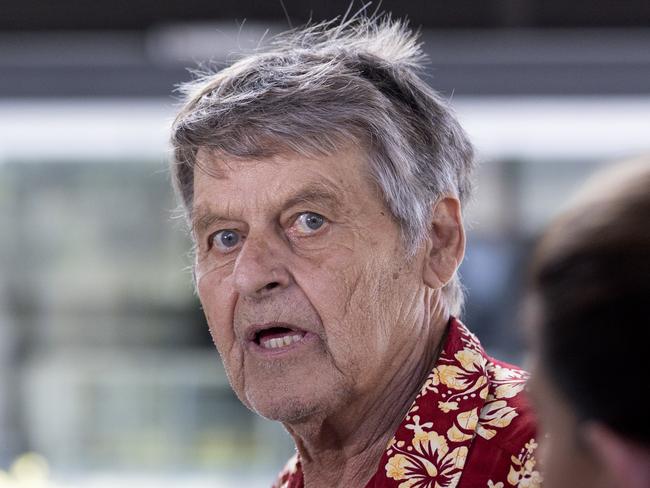
Mr Geiger scoffed at the proposition in court, saying it was “ridiculous” and “propaganda”.
He blamed Jeffrey for his own death, saying the scientist had “too much on his plate” and forgot to be careful around the loaded weapon.
The inquest heard the farm was in such financial strife by 1996 that staff including Mr and Mrs Geiger and Mr Lloyd had been made redundant and the Geigers asked to move out of the farmhouse on the property.
Evidence was heard from Mr Stewart of a meeting just one day before Jeffrey’s death in which Mr Geiger and Mr Lloyd met the owners at head office.
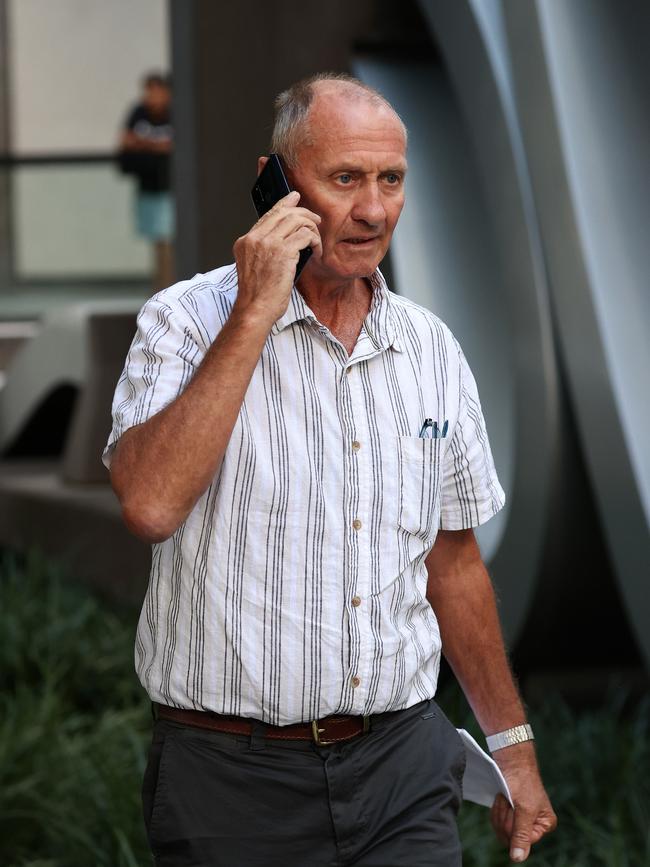
He said during the fiery exchange Mr Lloyd walked out and Mr Geiger is accused of making a gun shape with his fingers and pointing it at the head of one owner after his offer to buy the crayfish farm was rejected.
“If there was some proof that would convince us it was an accident we would accept that but unfortunately nothing came out of the inquest that could come anywhere near that,” Mrs Brooks said.
Police officer David Moore who was asked to review the case told the inquiry that significant evidence of a motive for murder had been established but concrete evidence about the how had been harder to ascertain, made even more difficult by the destruction and loss of evidence.
Among the crucial missing pieces of the puzzle is the firearm that killed Jeffrey.
Only months after a 1997 inquest into his death that resulted in an open finding, police allowed the weapon to be destroyed, preventing any chance of future ballistics testing being carried out.
This in particular is a source of enormous angst for Jeffrey’s parents.
“Only four months out from an open finding they destroyed it (the shotgun),” Mr Brooks said.
The inquest heard evidence from a number of experts who said the destruction of the original weapon made ballistics testing especially difficult given the huge variations of results between different guns and ammunition, even of the same model.
On the day of Jeffrey’s death, Mr Geiger said he was out running errands.
The failure of police to collect a time stamped receipt from a grocery store to help support alibi evidence and establish a timeline also came under the microscope during the inquest.

Lead detective Michael Condon conceded on the witness stand that had been an “embarrassing” oversight but he stood by his police work, saying he did a thorough investigation and reached the conclusion Jeffrey’s death had been accidental.
“Mere suspicion is not evidence and theories, hypotheticals are all good but at the end of the day we need credible, reliable, admissible evidence to take somebody to court,” Mr Condon said.
The parties in the case will now prepare written submissions before Coroner Donald Mackenzie considers his findings.
He is tasked with determining a number of issues, including how Jeffrey died and whether the police investigation into his death was adequate.
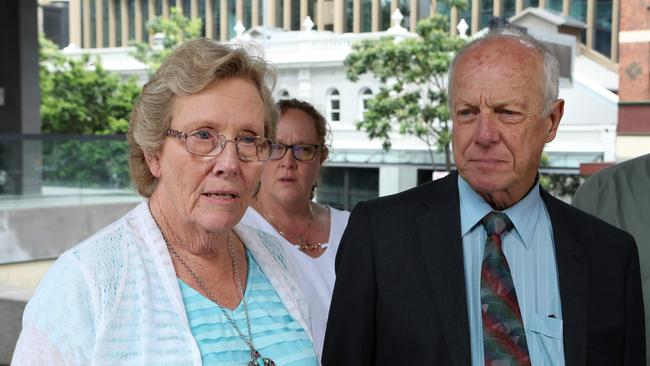
A previous coroner in the 1990s made an open finding that Jeffrey could have died by accident or homicide.
However during evidence, Coroner Mackenzie pointed out that coroner was acting under old legislation where he would have to find there was a prima facie case to commit someone to trial for murder.
Under the current act, it is open to the coroner to refer the matter to the Director of Public Prosecutions if a reasonable suspicion is established.
The coroner’s findings are expected to be handed down in 2023.



